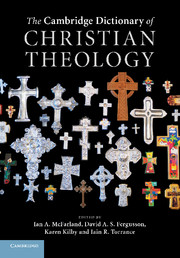I
Published online by Cambridge University Press: 05 June 2012
Summary
Iconoclasm Iconoclasm (literally ‘breaking of images’) refers to Christian opposition to the production and use of religious images in private or public worship. The prohibition of images has traditionally been based on the Ten Commandments: ‘You shall not make for yourself an idol, whether in the form of anything that is in heaven above, or that is on the earth beneath, or that is in the water under the earth. You shall not bow down to them or worship them’ (Exod. 20:4–5; cf. Deut. 5:8–9). The idea that the production of representational art leads to its worship – in other words, to idolatry – has been used to justify the destruction of images at various times throughout the history of the Church.
The traditional scholarly explanation for the absence of religious art during the Church's first two centuries (the earliest examples are preserved in the house-church at Dura Europas, dated to ca 240) has been that early Christians adhered rigorously to the Mosaic commandment. Others, however, view the absence of artefacts as the result of historical accident, arguing that the literary sources do not yet associate the production of religious art with idolatrous practices in this period. Patristic references to images are scattered and have been interpreted in various ways by scholars; problems also exist with regard to the authenticity of certain texts.
- Type
- Chapter
- Information
- The Cambridge Dictionary of Christian Theology , pp. 231 - 245Publisher: Cambridge University PressPrint publication year: 2011



